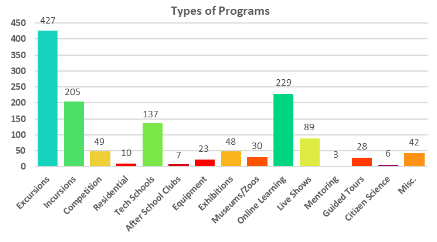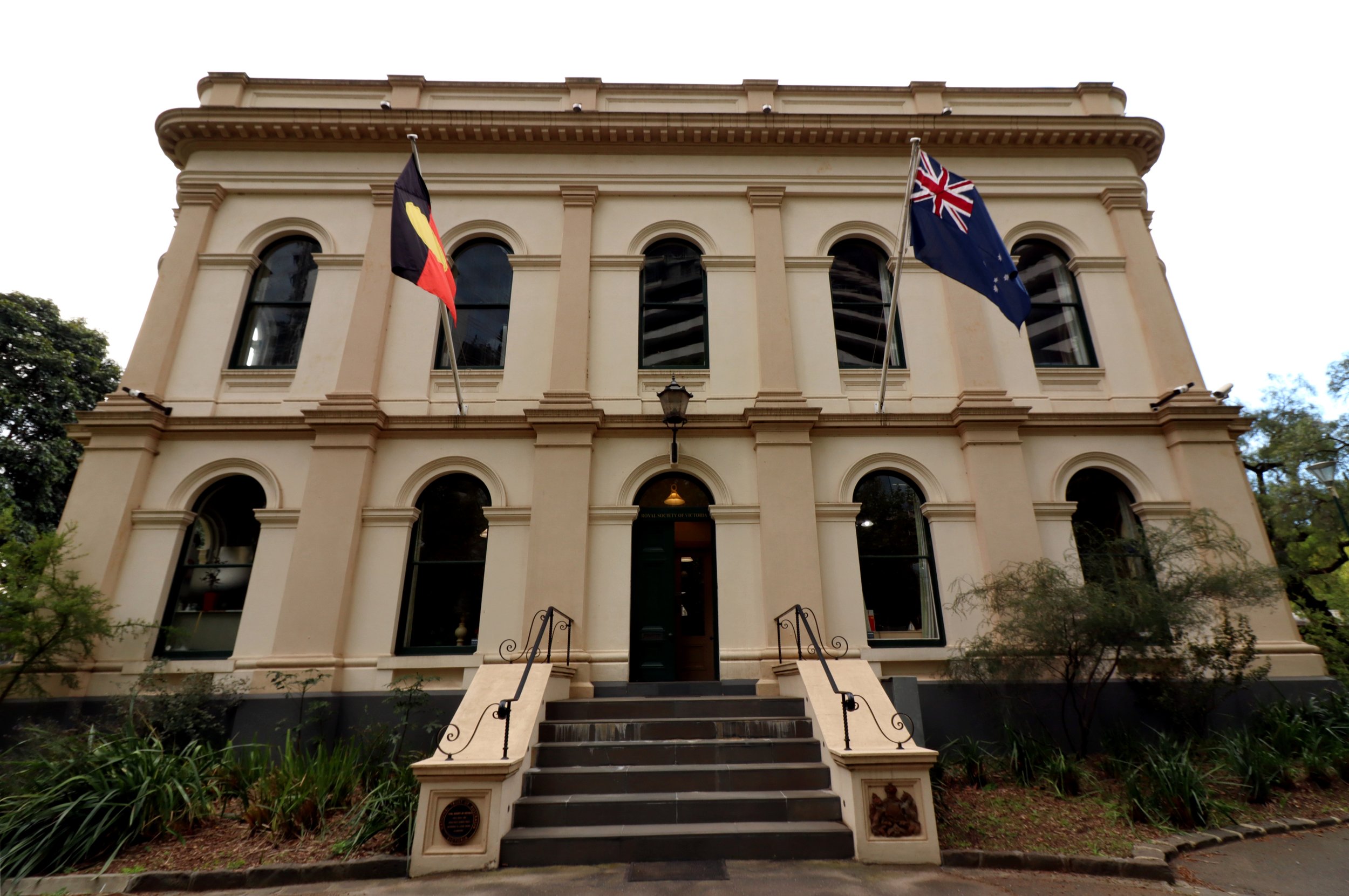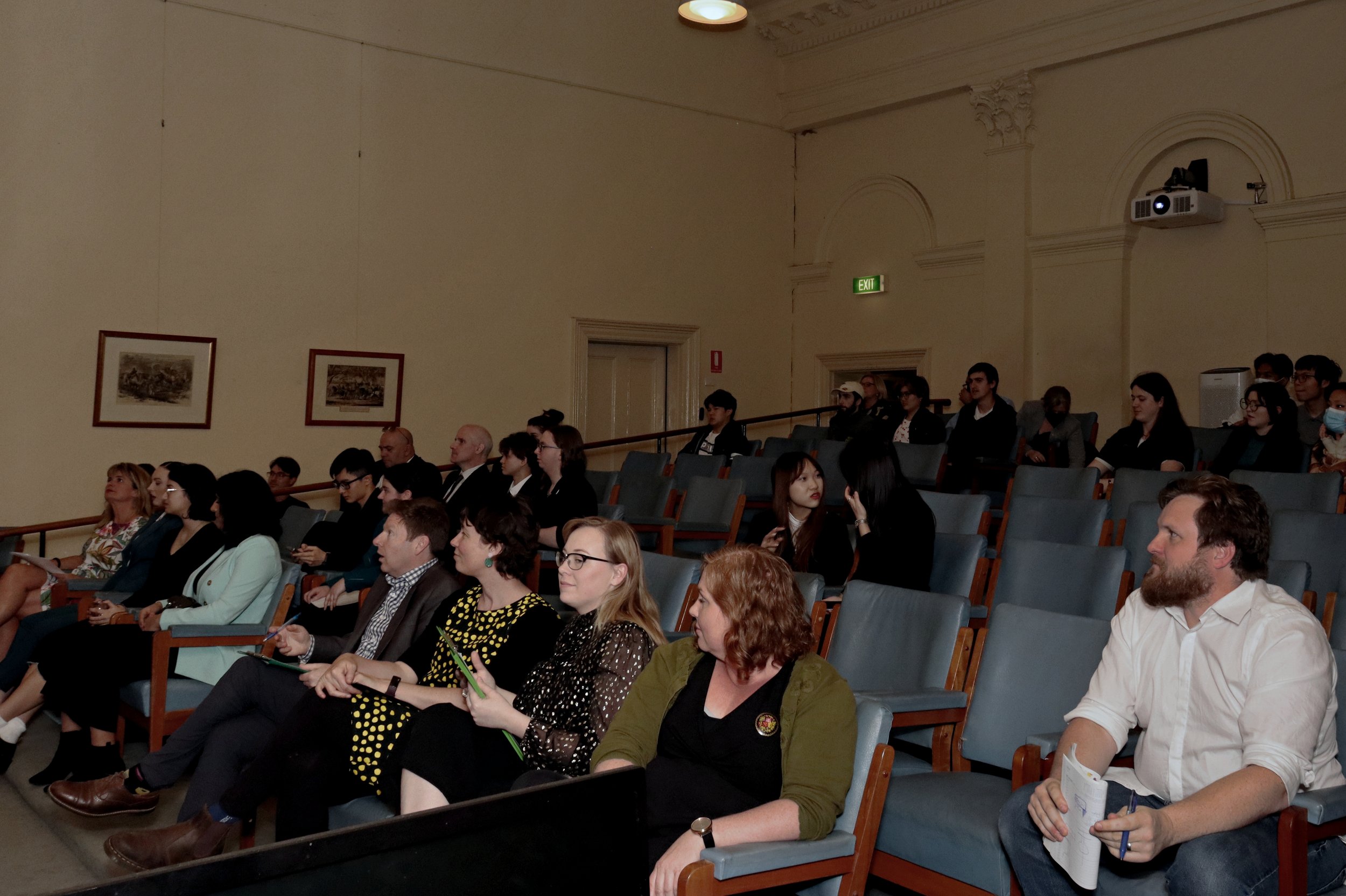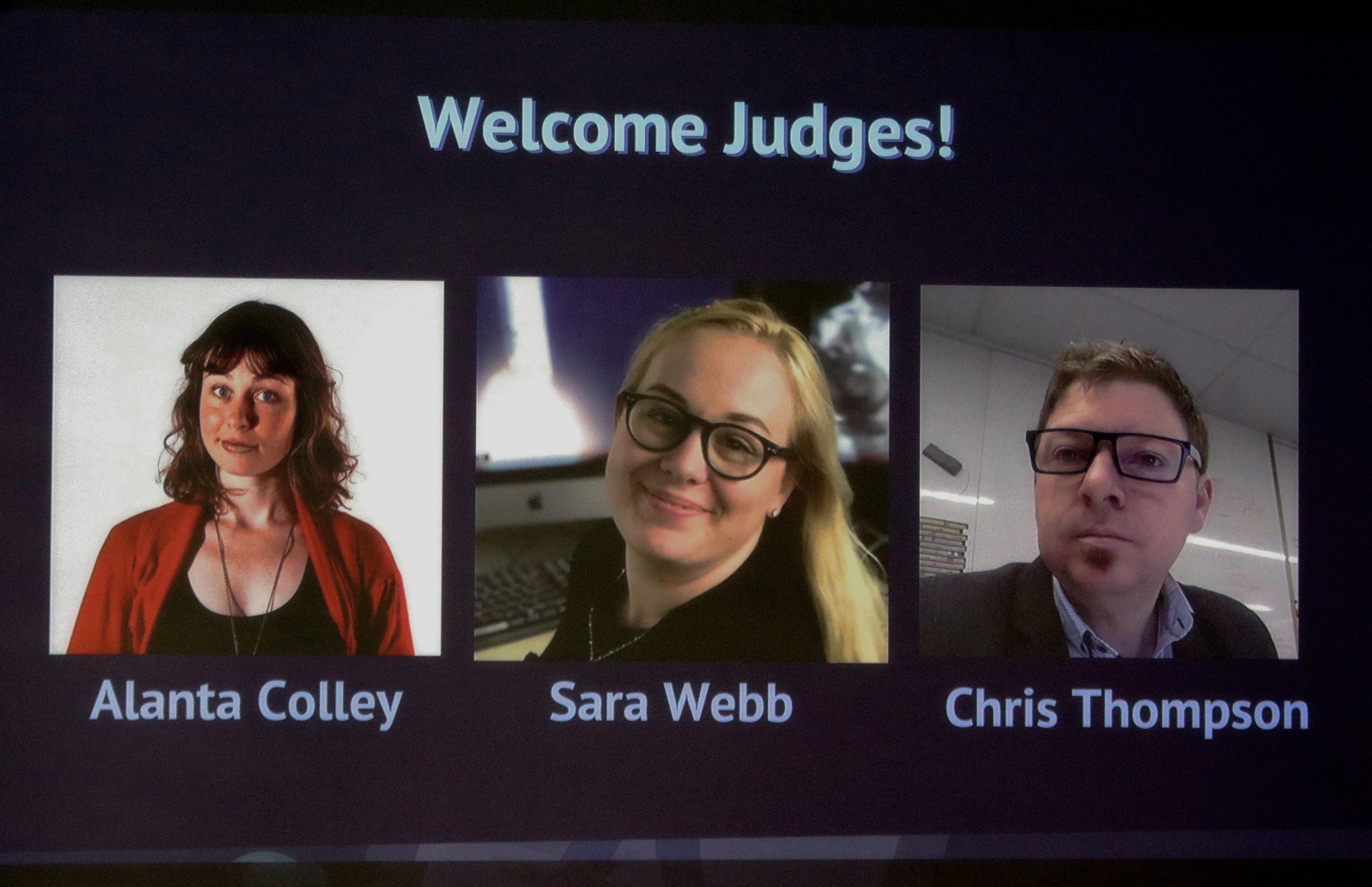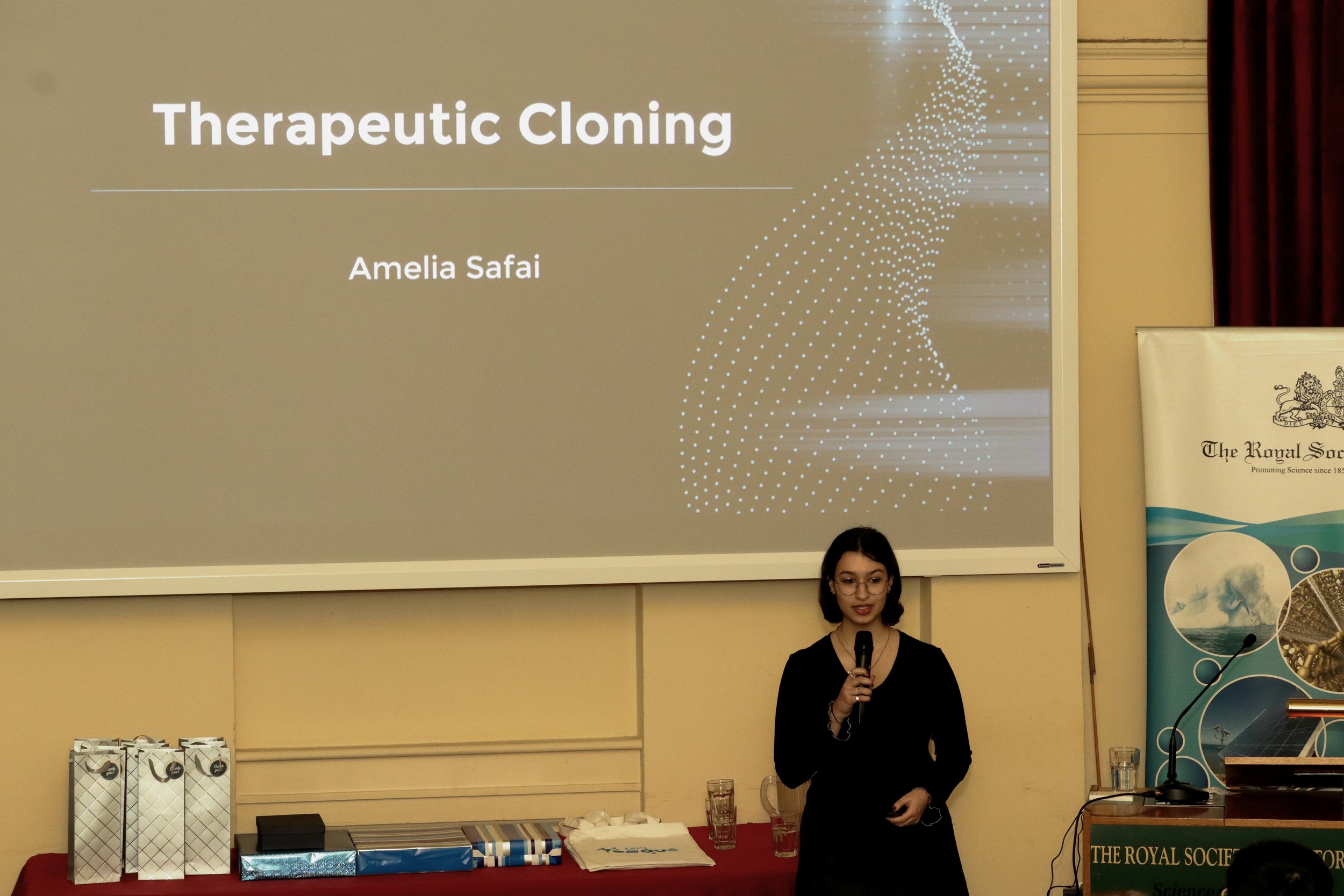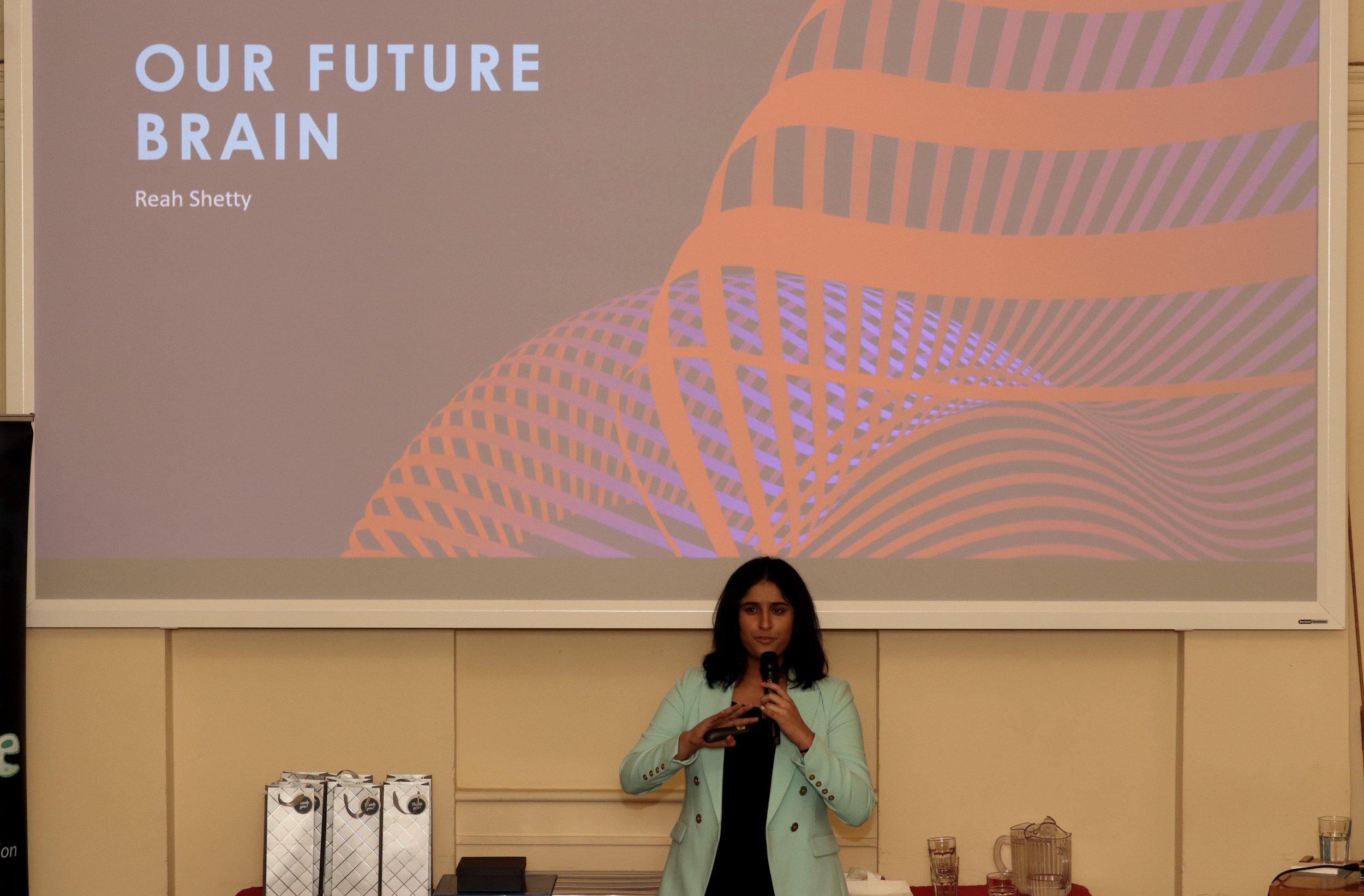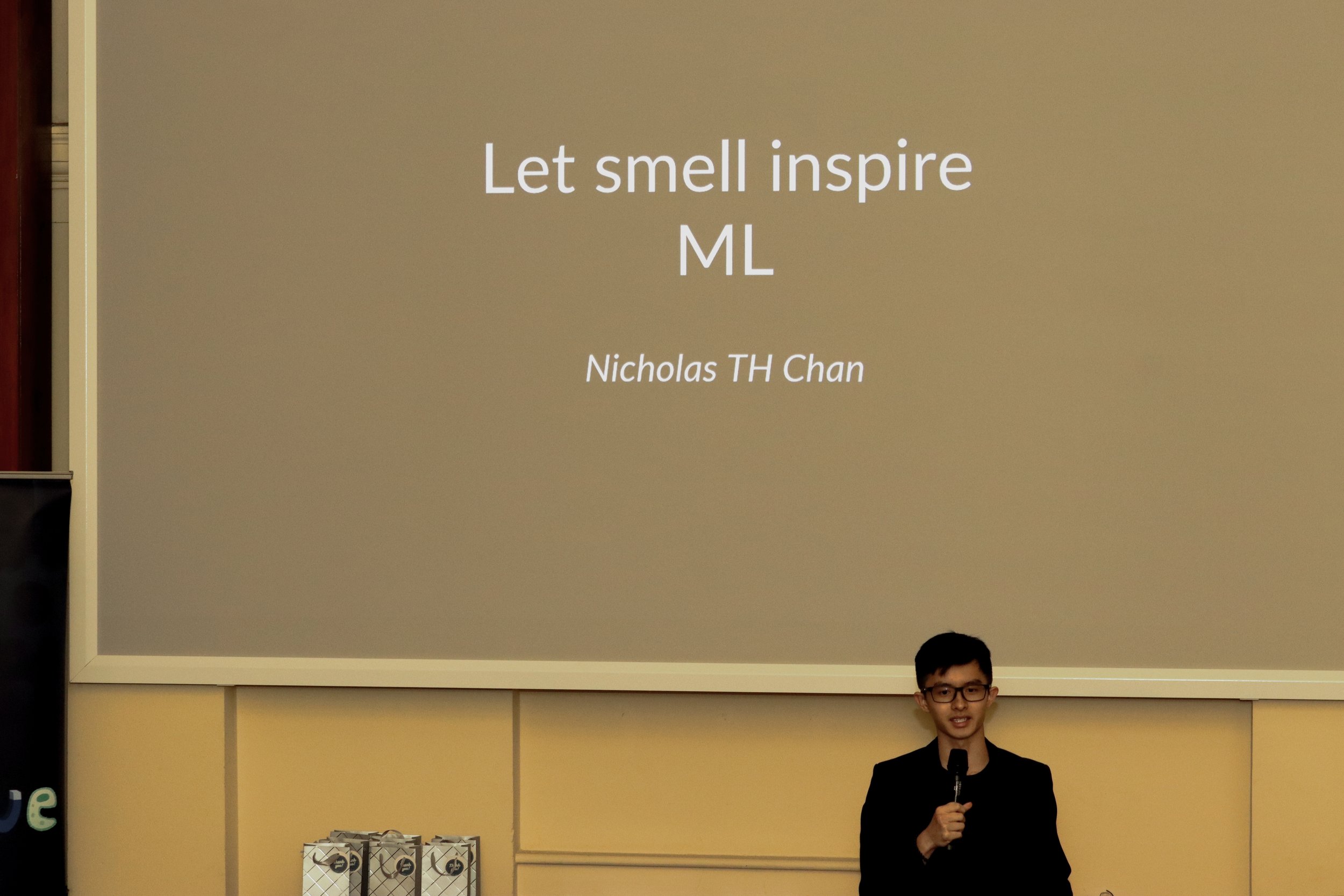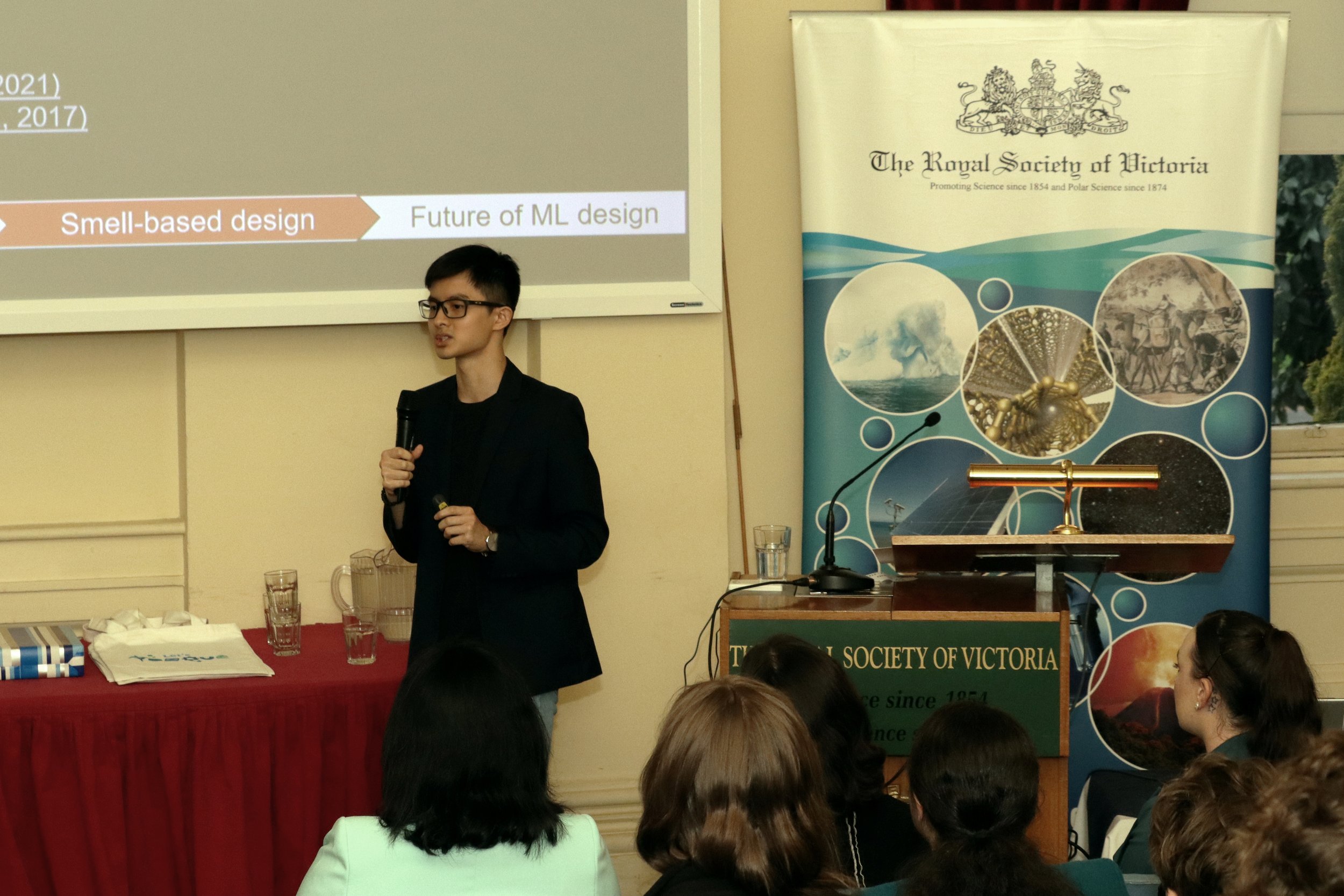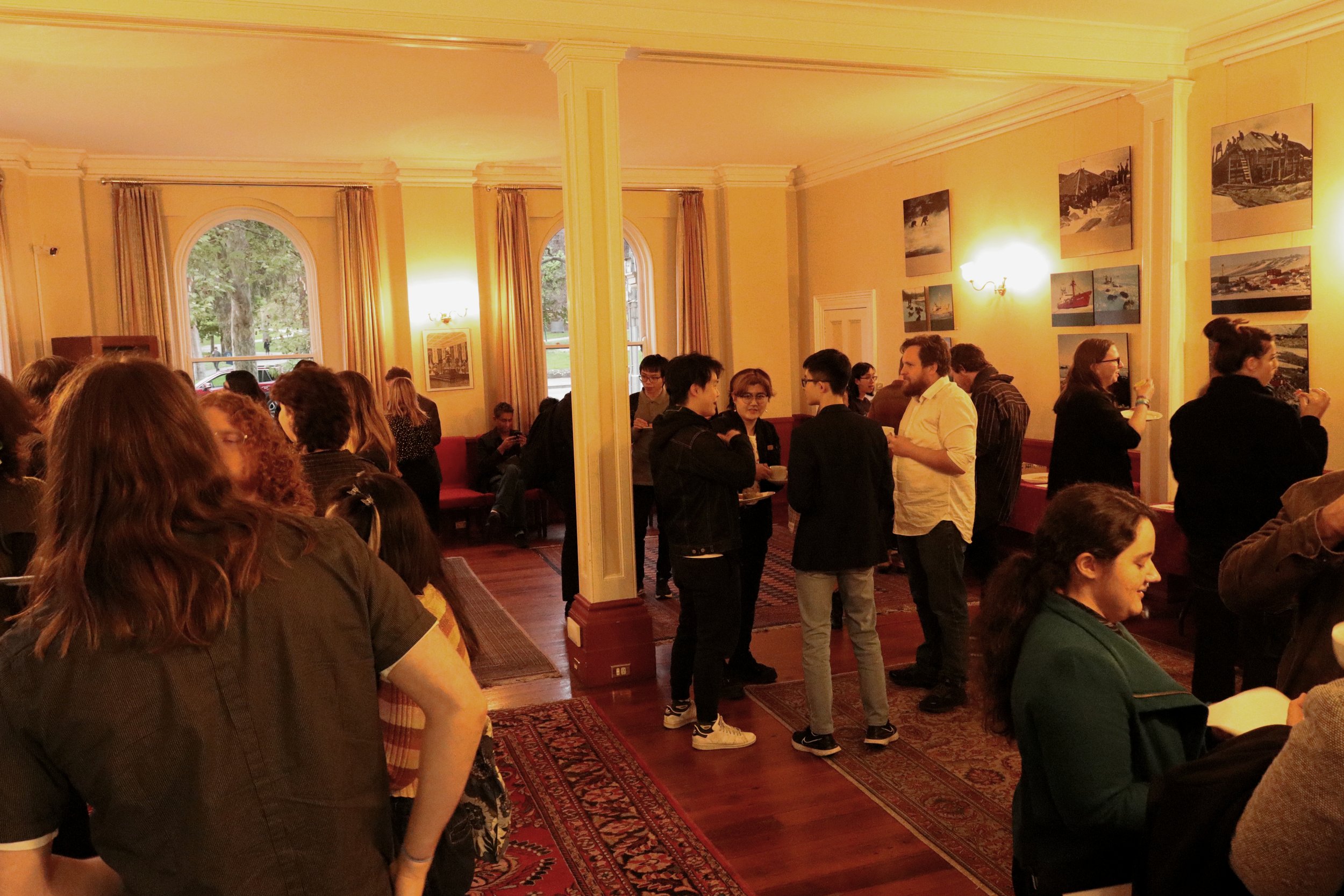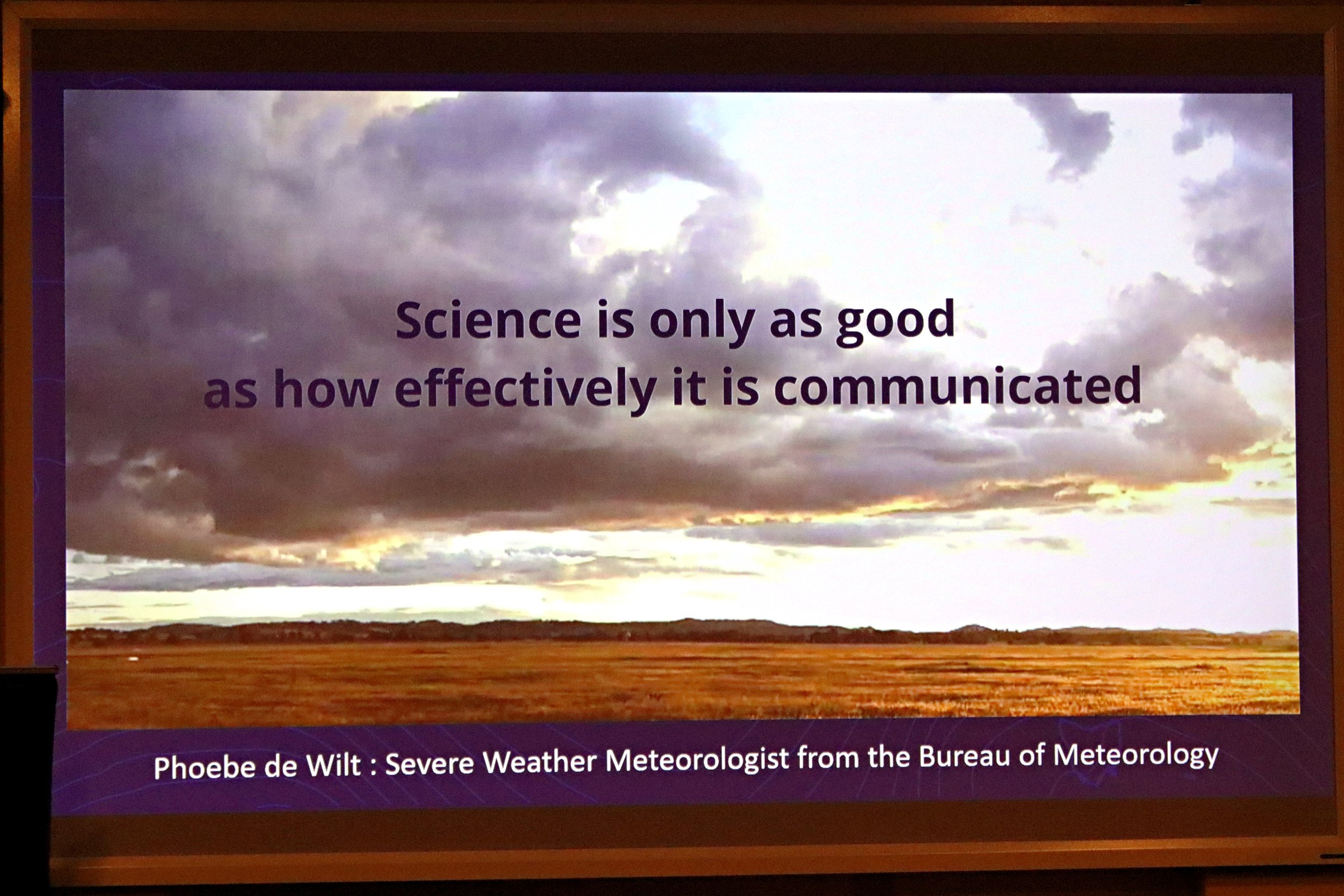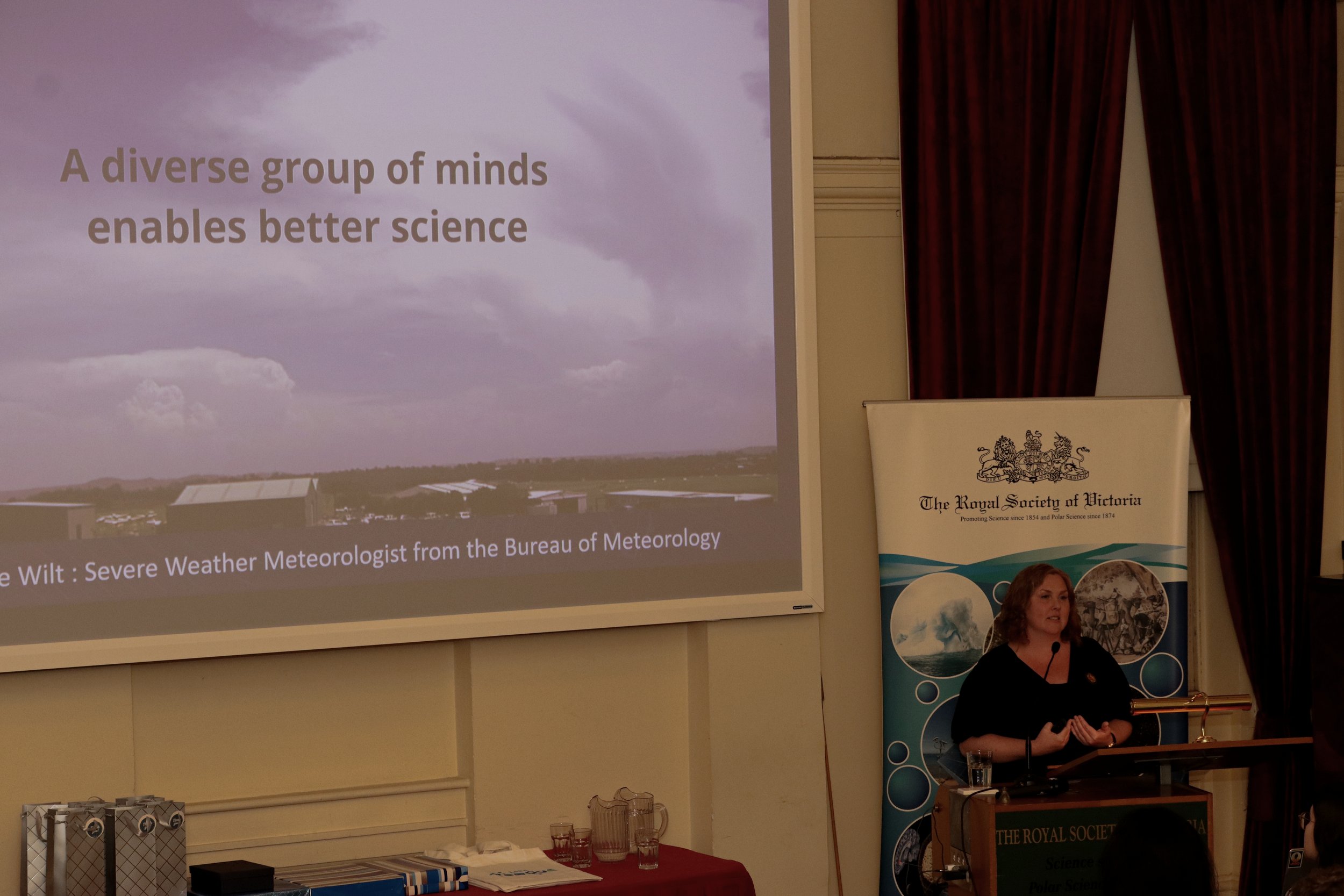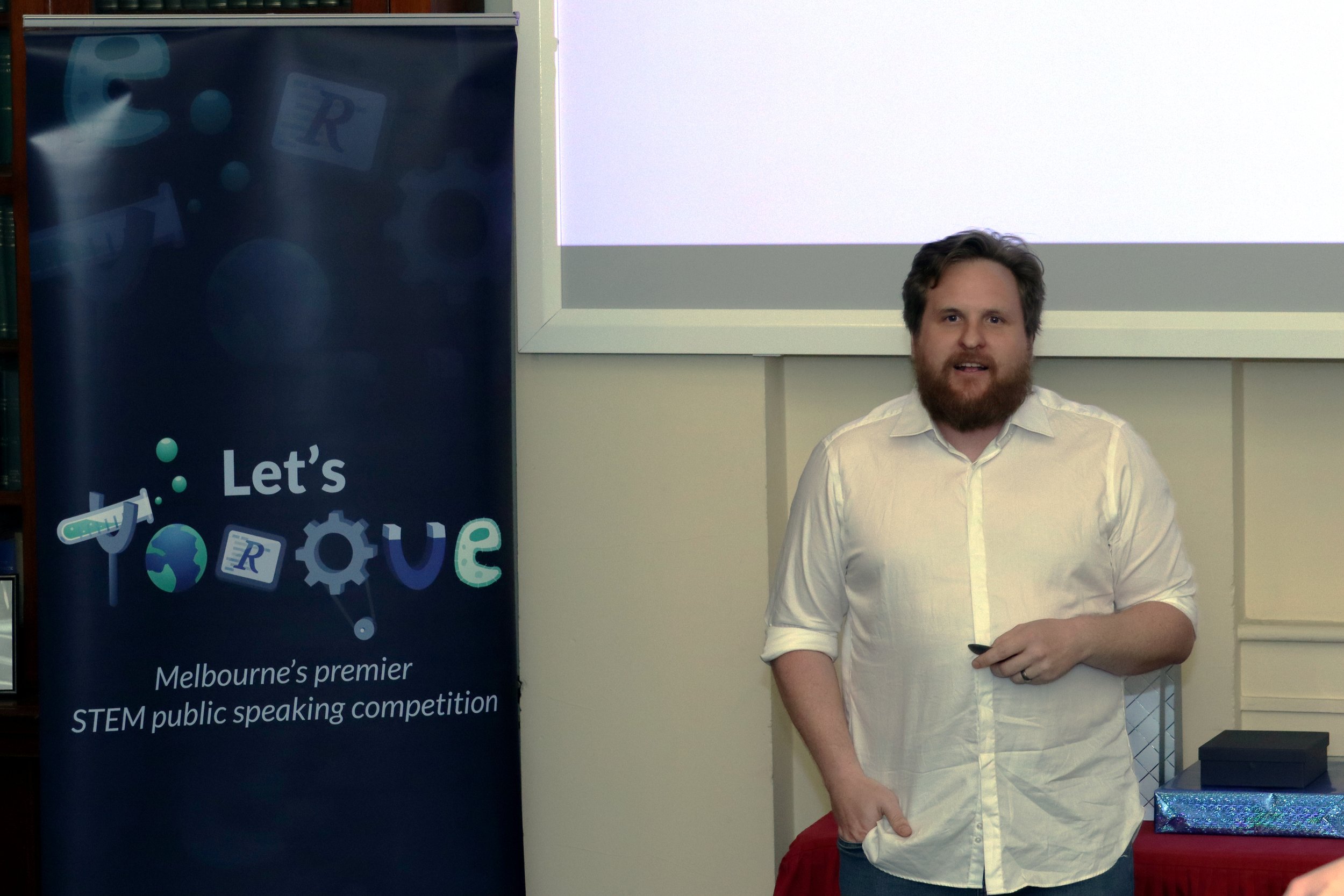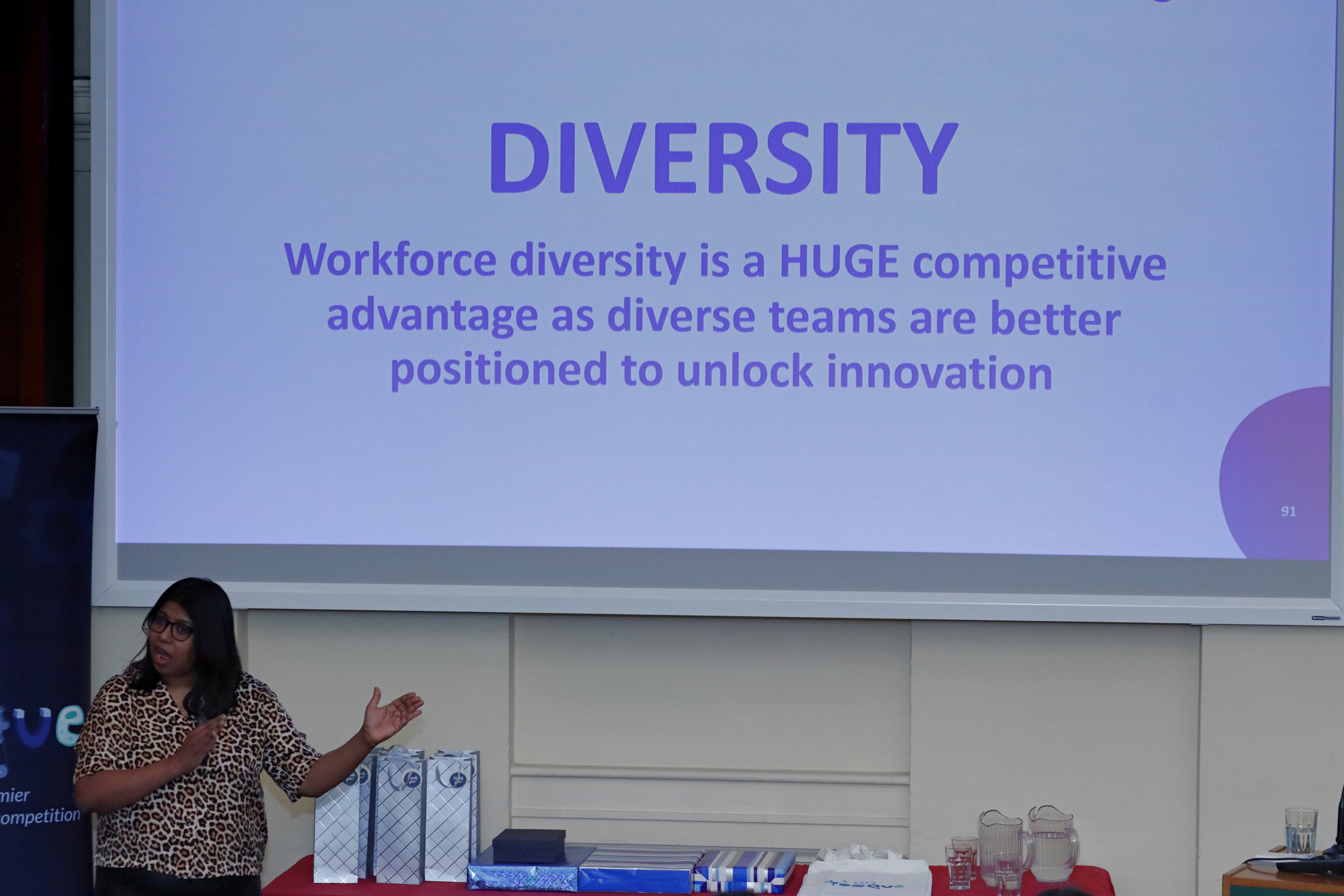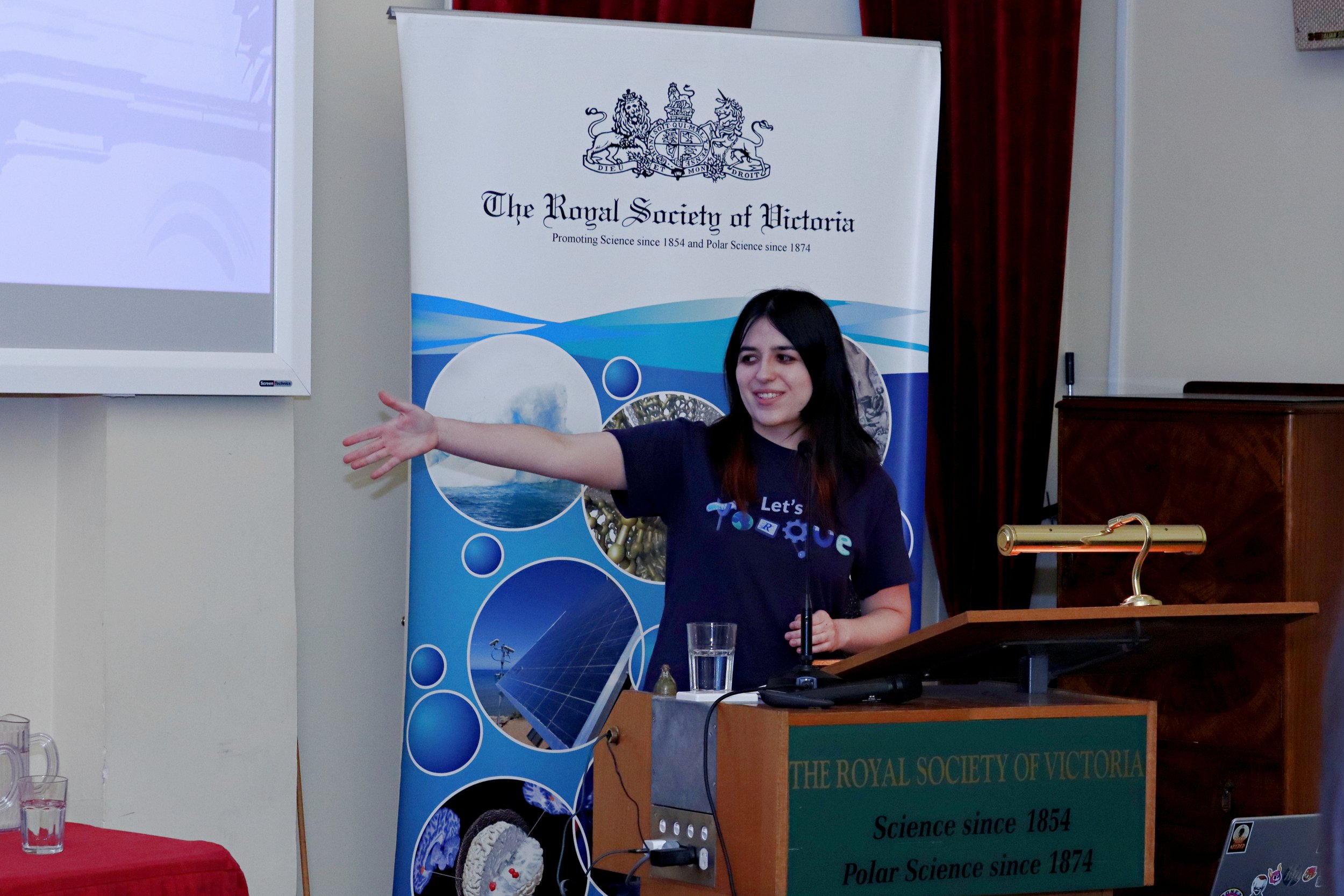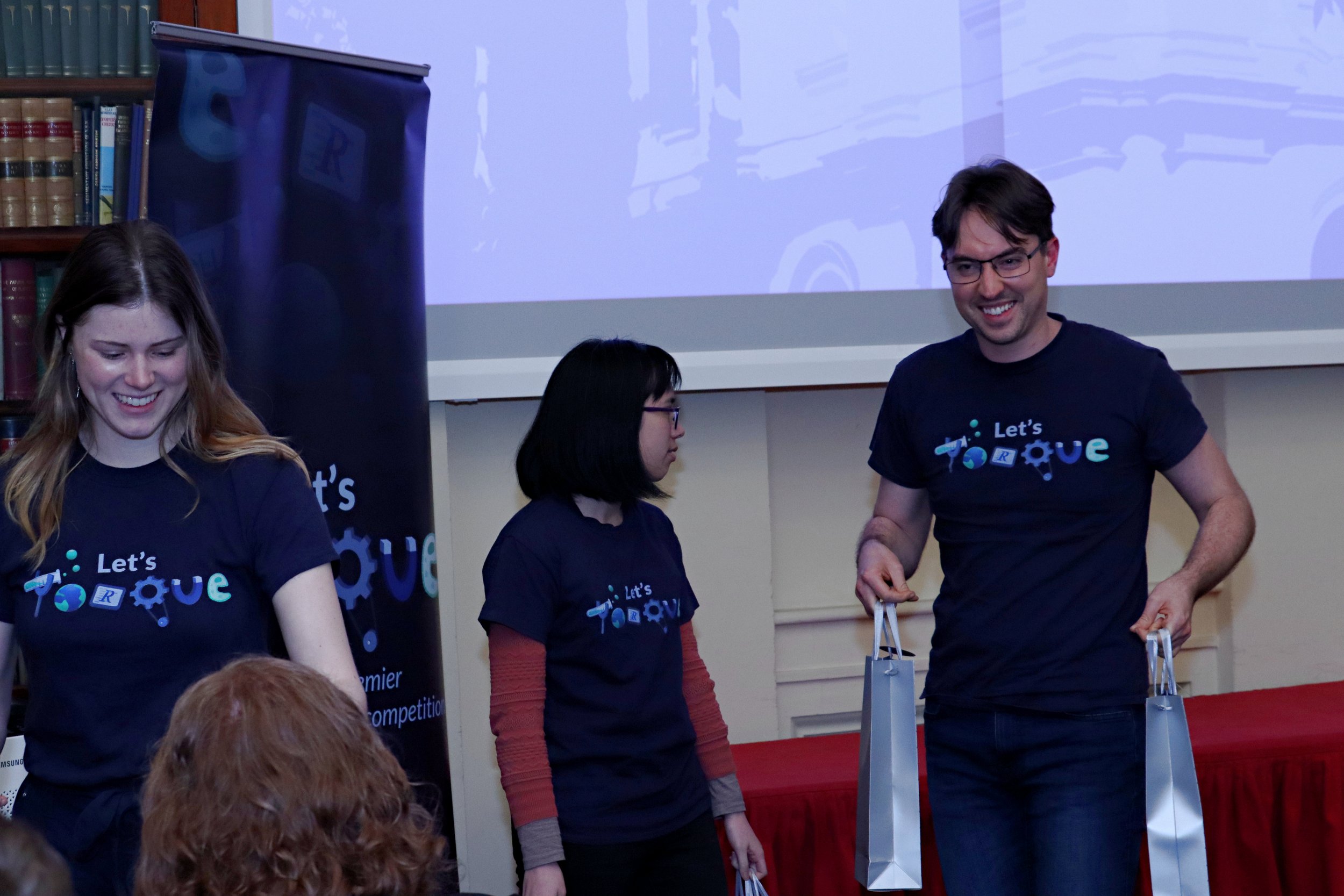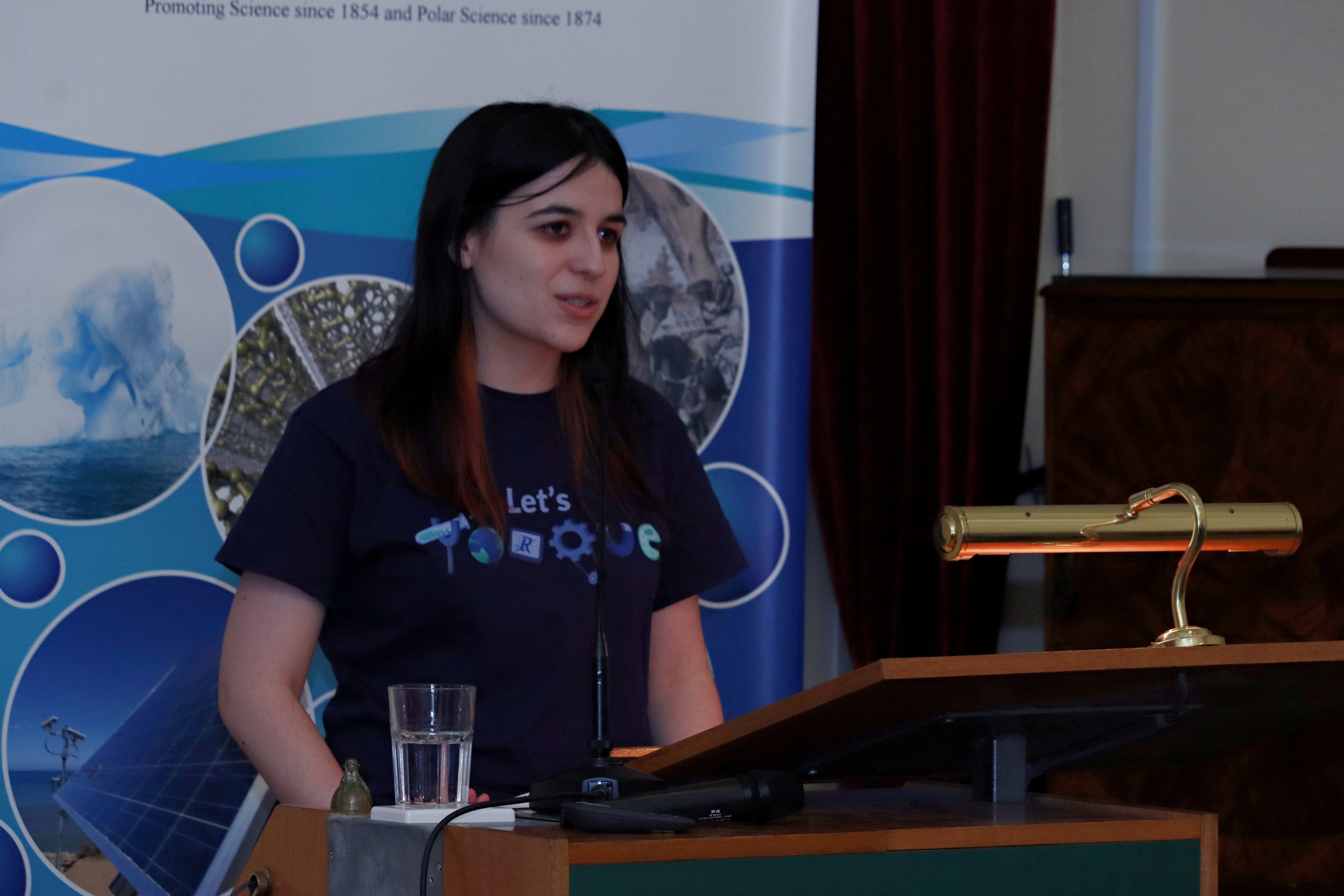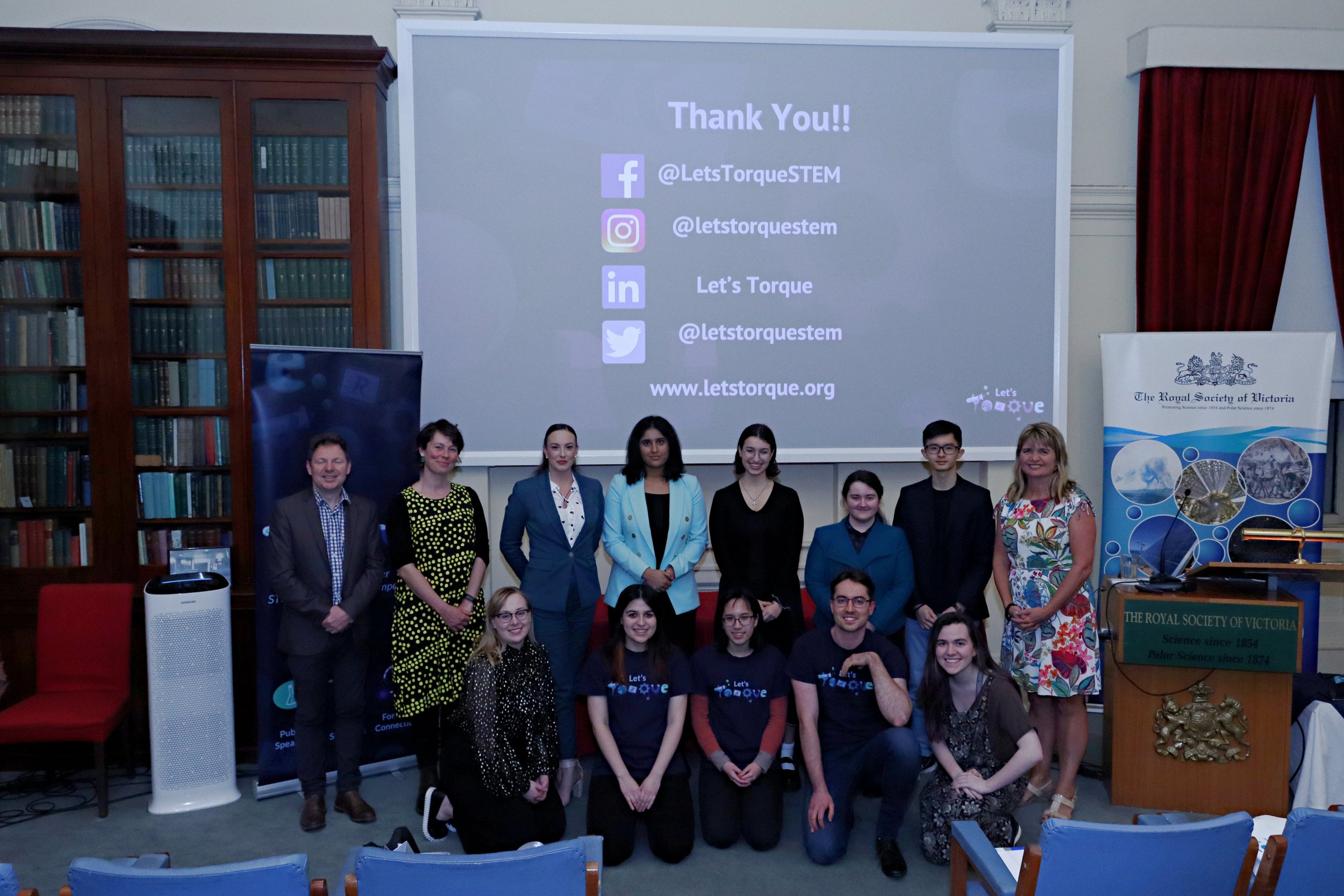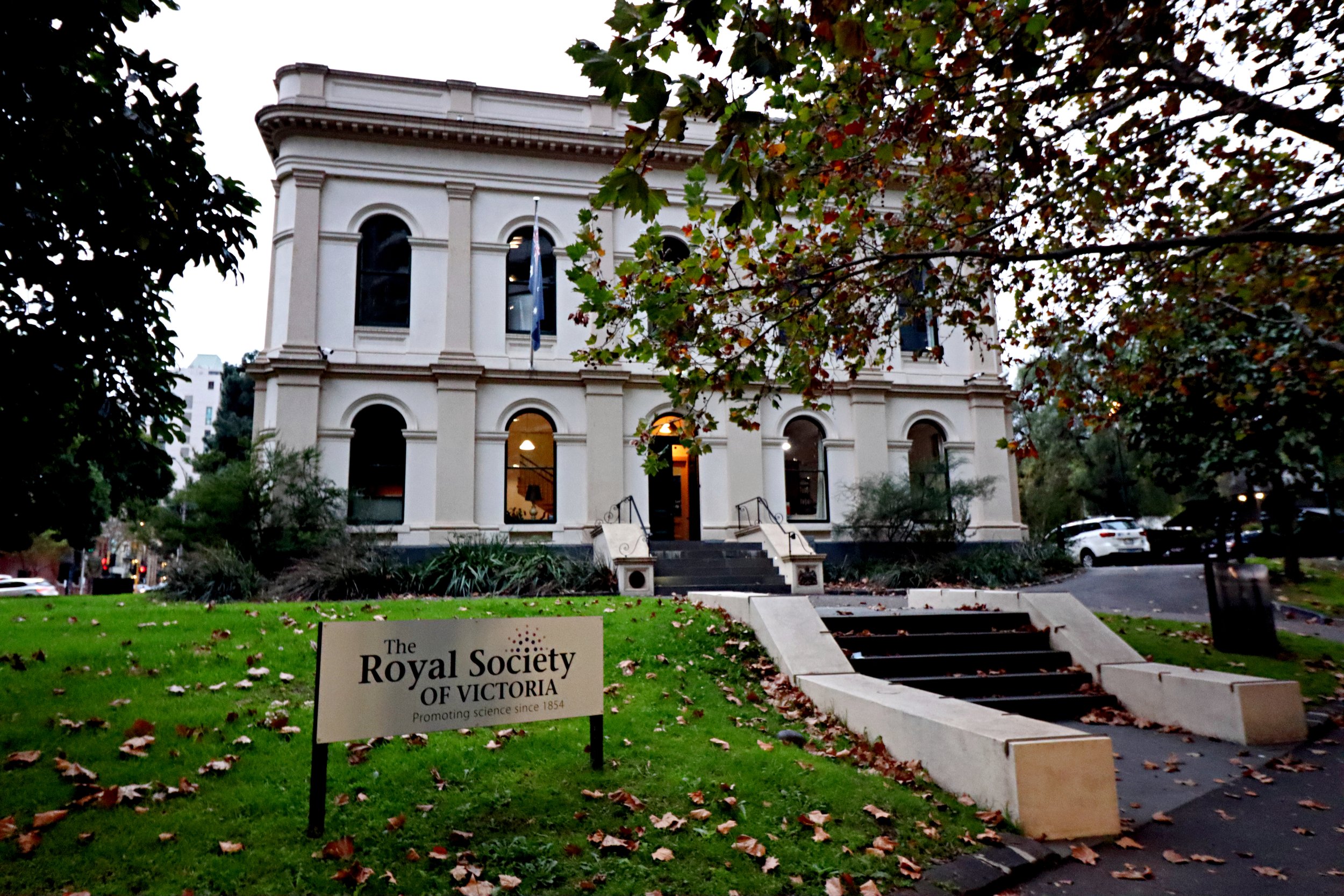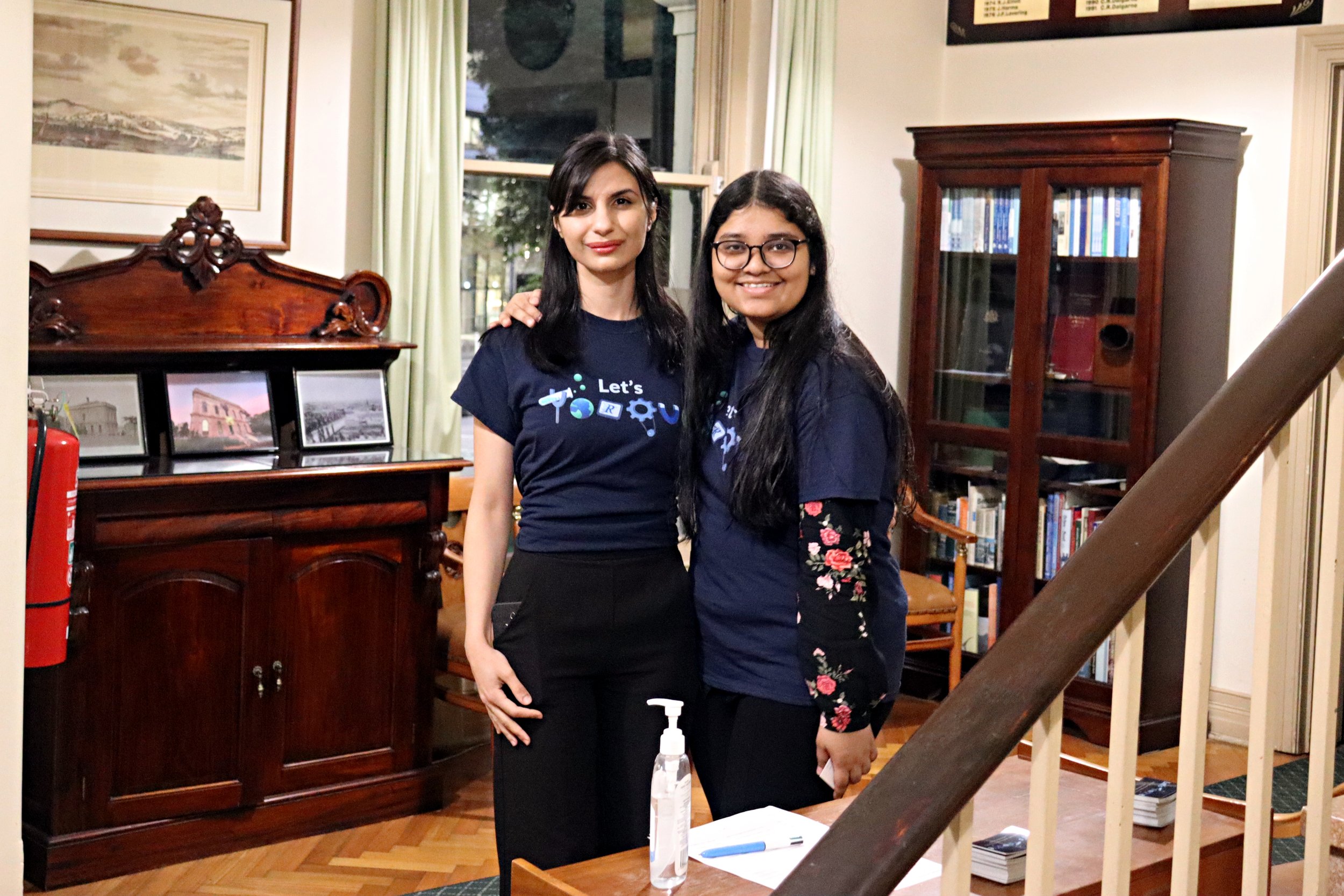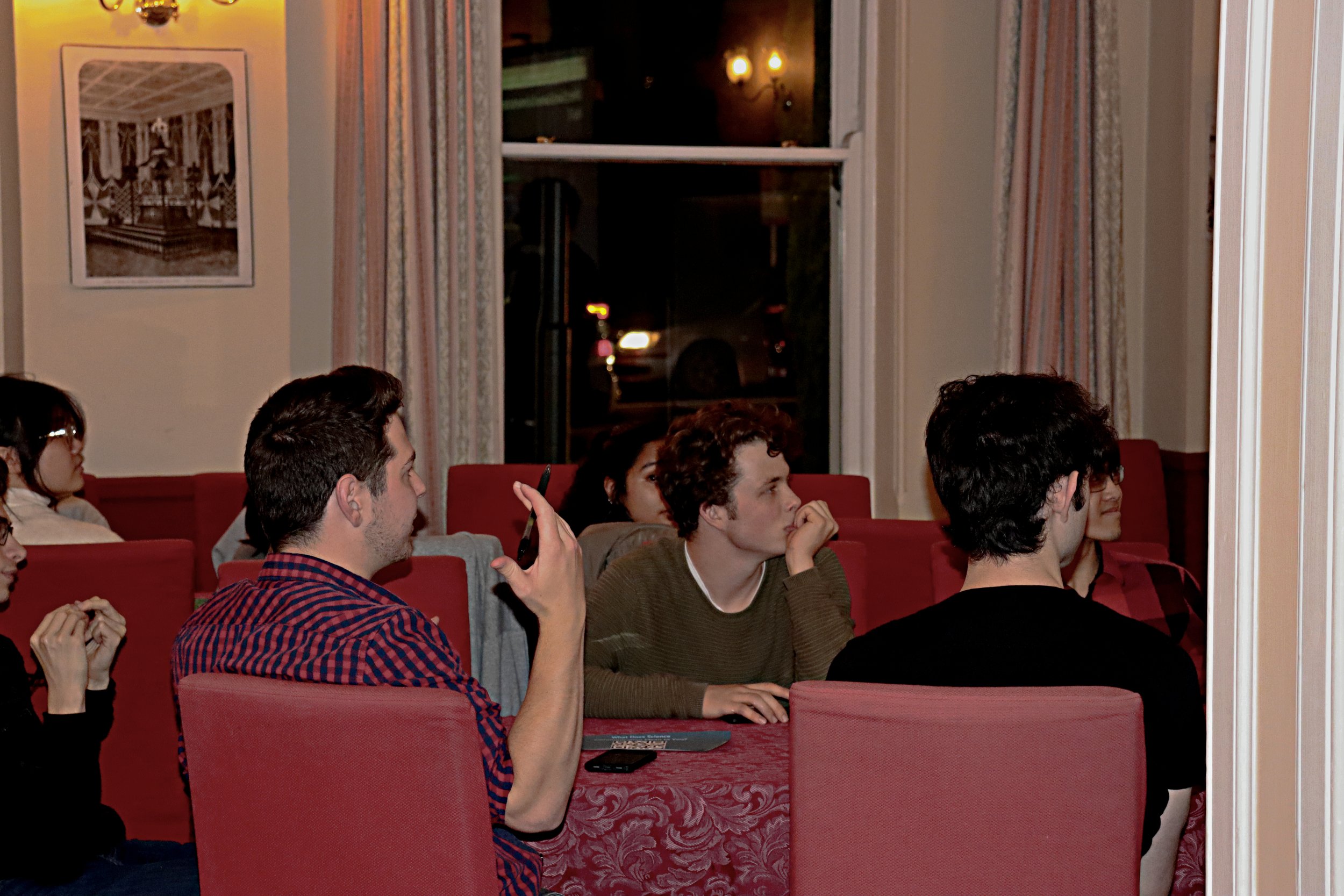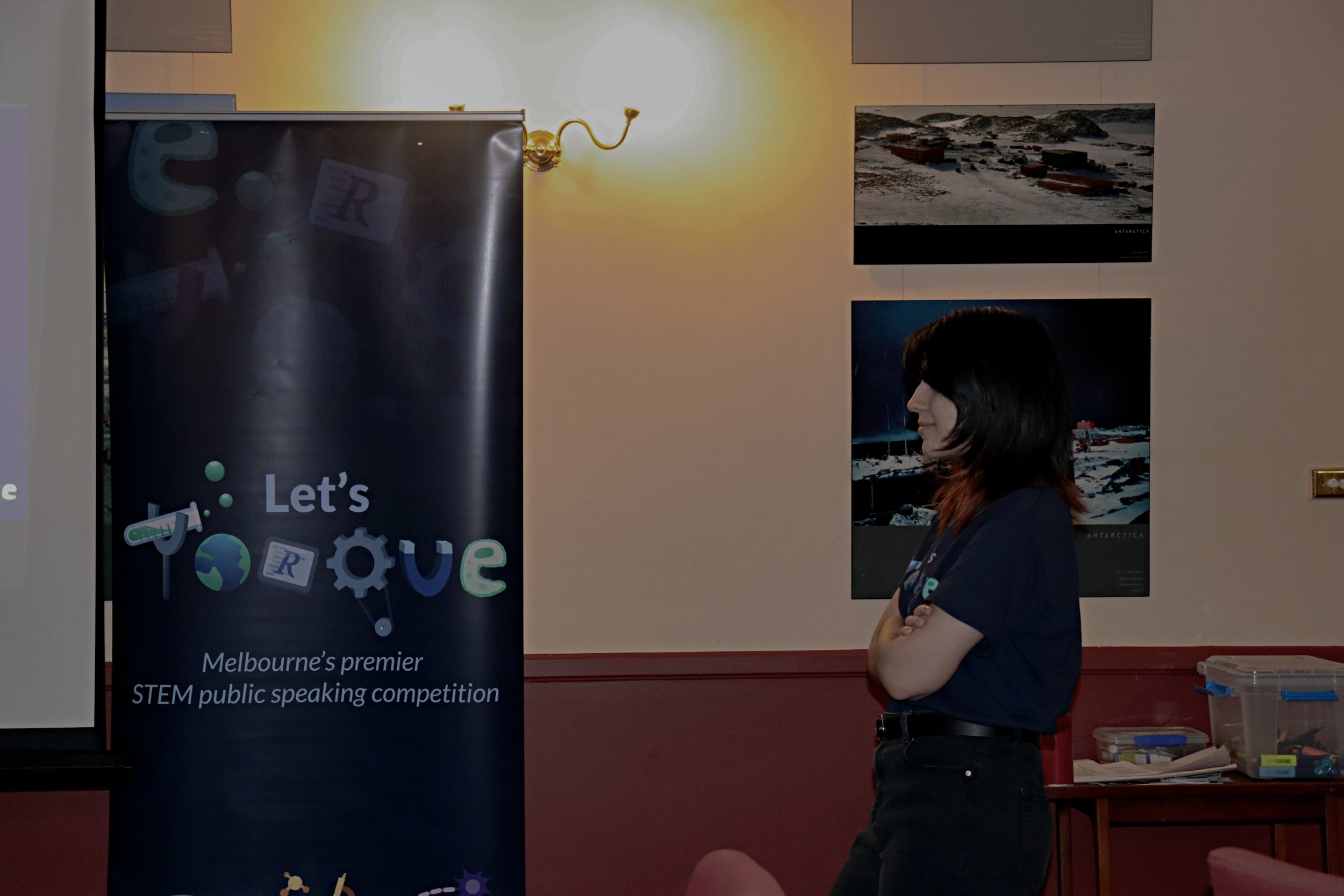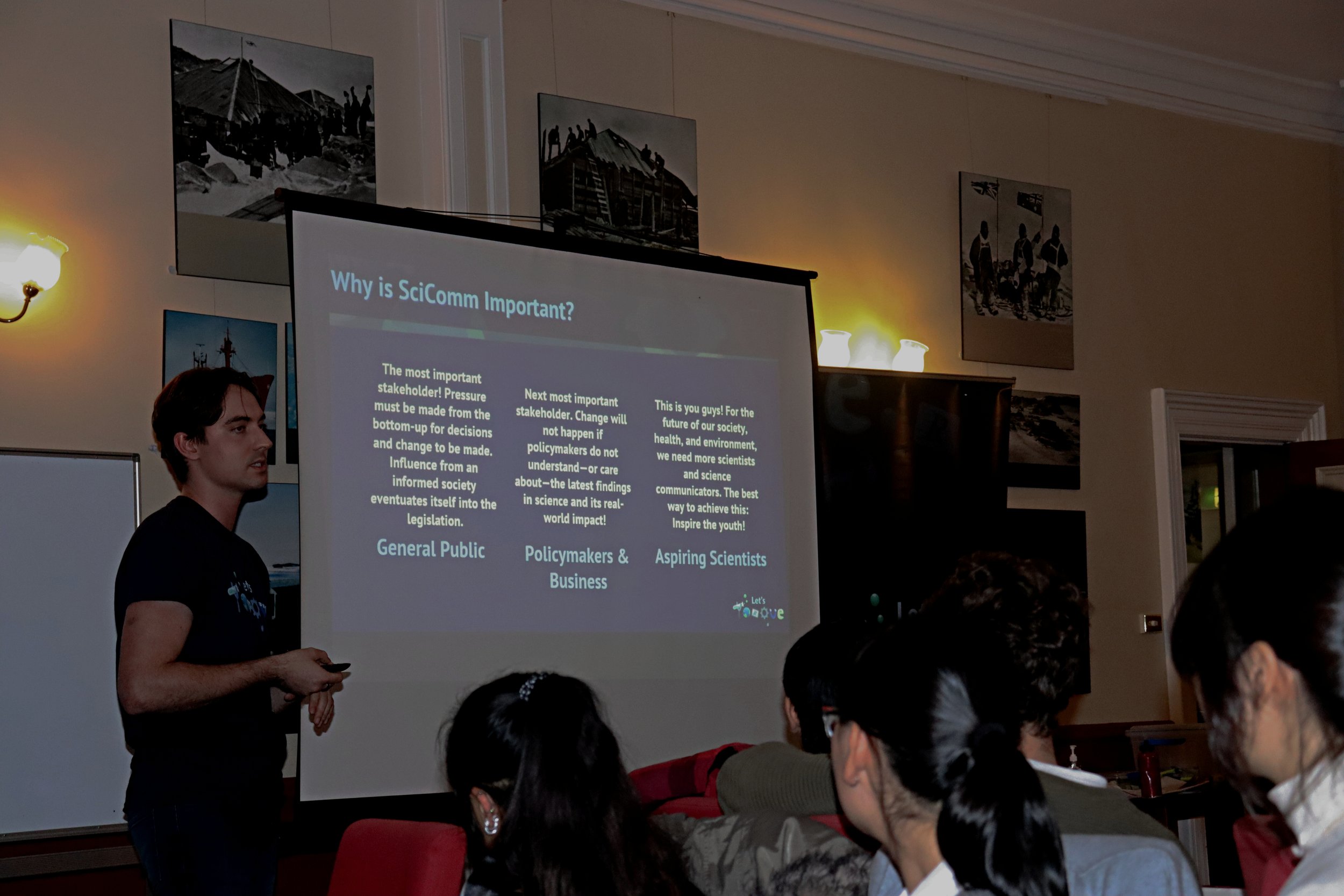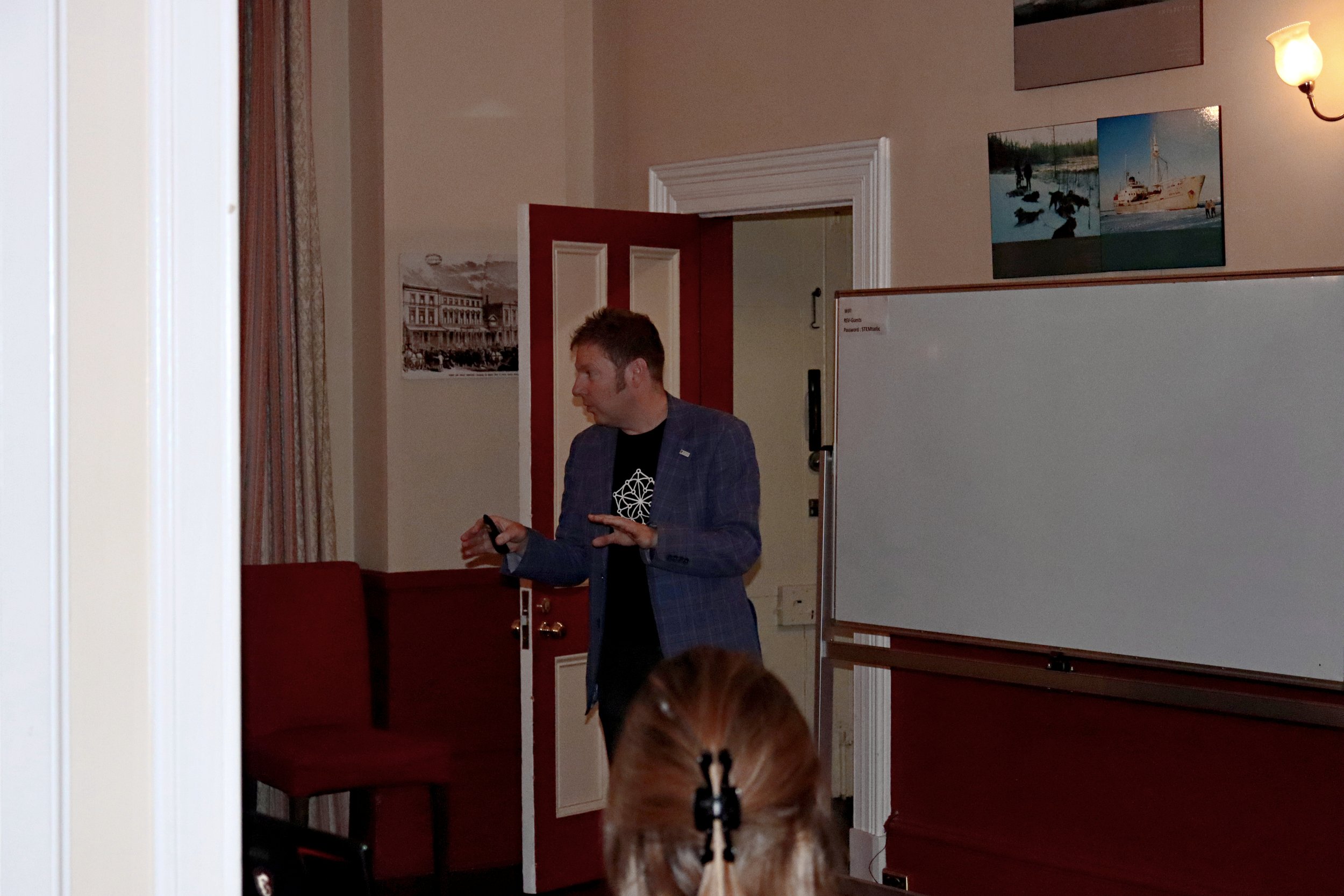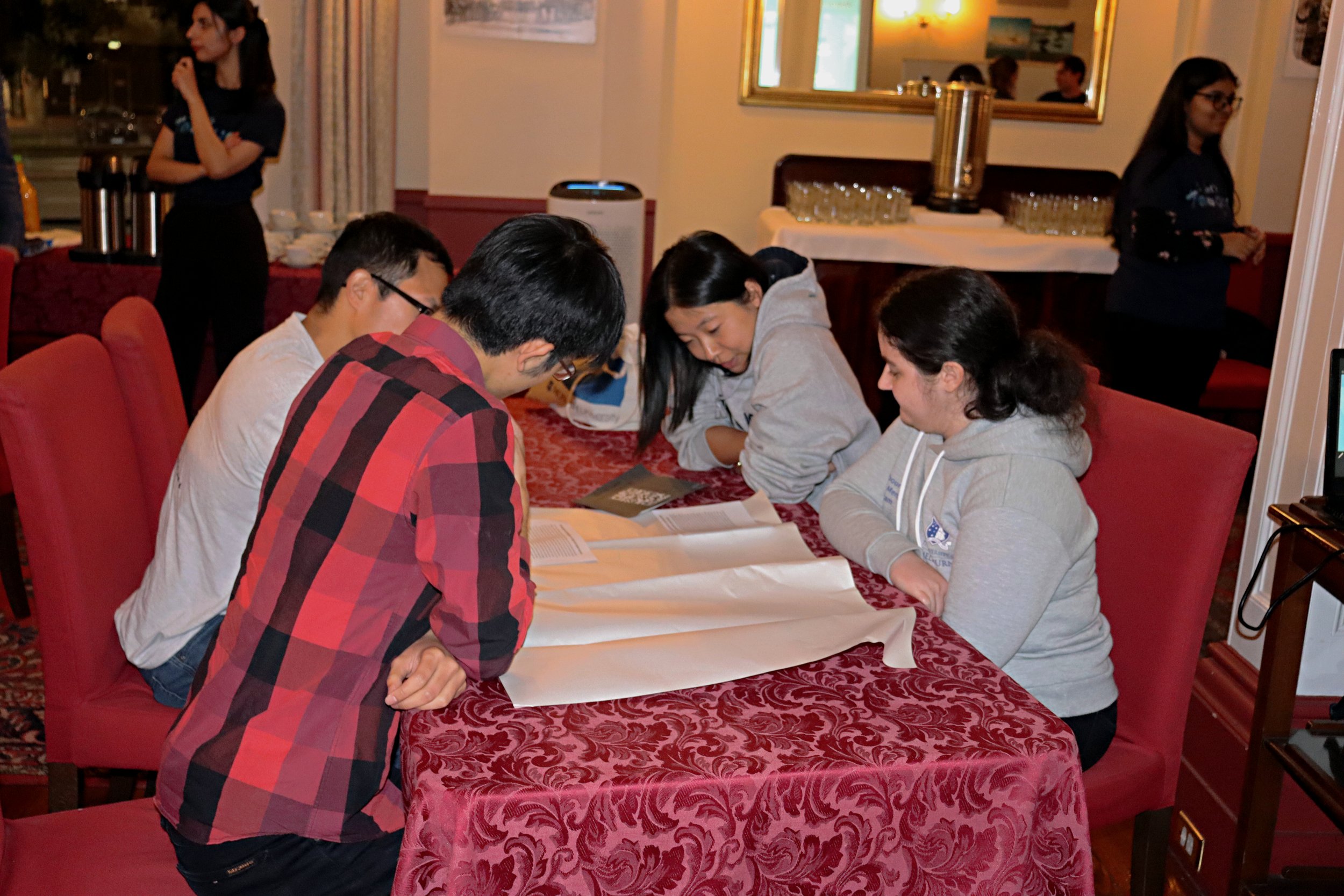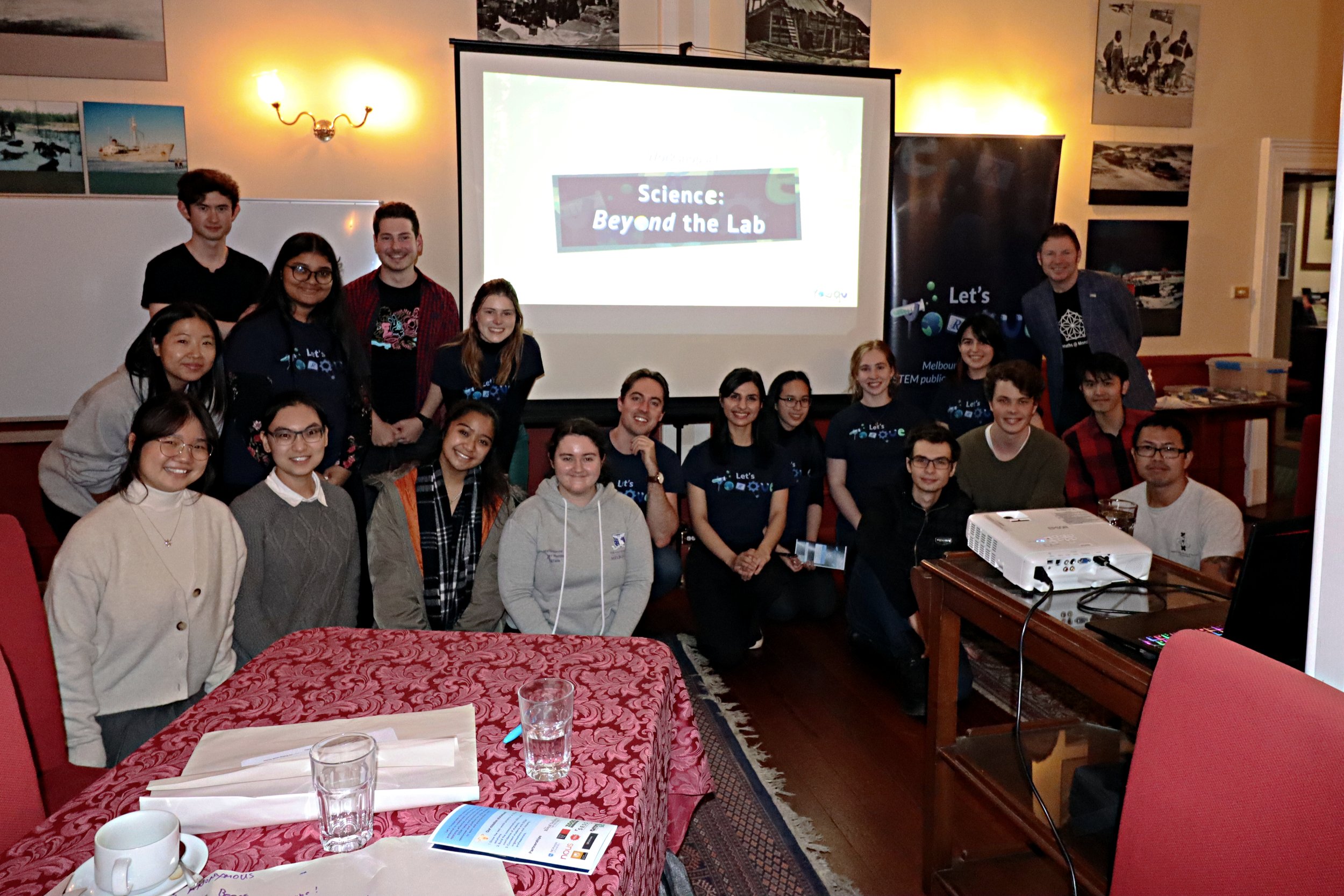Written by Georgie Aiuto
Edited by Yvette Marris
Many of us in STEM today would have childhood memories of going to museums, having goofy experts arrive at our schools to do experiments, or competitions where we had 72 hours to find a scientific solution. These are all STEM outreach programs. Over the summer, I conducted a small 6 week research project, as I wanted to know more about the state of outreach programs within Victoria, and see what opportunities were out there for young people and students.
So, I took a look at all of the STEM outreach programs within Victoria for people under the age of 18. Yes, all 1333 programs. And while I still have many more questions for how we are and should be running STEM outreach programs, I did manage to find some interesting imbalances.
Starting with the types of programs, excursions were the most popular with 427 programs, followed by online learning at 229. While working on this, I wondered if the reason for this large number of online learning programs is due to the COVID-19 pandemic. This could be a great further research question.
The discrepancy of discipline is one that most interests me. Especially coming from a Physics and Maths background. Biology takes all at 402 programs followed by Environment at 253! This means Biology makes up almost 6 times more programs than Maths. To me, this is concerning as Maths is a core STEM discipline. Psychology, Health Science and Geoscience are also lacking. However some organisations classified them under Arts or Humanities, meaning I wasn’t able to find the extensive list of these programs as they sit on the border of core STEM subjects.
Another interesting comparison is where these programs are located. Locations were separated into 12 regions, as well as online or N/A, when a program either didn’t specify a location or was a travelling program (incursion or roadshow). Melbourne has 477 programs in its metropolitan region, followed by online and N/A, whereas Phillip Island, Great Ocean Road and High Country have very few. The Grampians have no local programs located within its region. There are still many schools within The Grampians and other parts of regional Victoria which have to rely on incursions or online resources due to there being no local science centre or museums. Although some venues in Melbourne offer transportation grants for rural towns to visit, it is still something we must consider as STEM educators.
This got me thinking, if I - a student who is out deliberately seeking all this information for my research, would eventually find more on each program enough to make more conclusions on where there are gaps within our STEM Outreach programs. Unfortunately, this was quite a trudge through many many broken websites with hard to read text, broken links, missing images and more. How could a teacher or a parent seeking out activities for their students or children be able to find these programs? While some websites ask for a call to action to email or call the organisations directly for more information, teachers are some of the busiest and most overworked professionals. Without having accessible programs readily available, it can slow educators down and students may miss out on fun and inspirational activities.
So now with all this data on STEM Outreach programs, how do we know it’s working?
Um…
We don’t.
According to the Australian Government Department of Education (1), STEM education initiatives such as excursions, incursions, residential programs (or camps), and equipment are still “unclear” in their effectiveness. In some cases we know that a lot of these programs provide aid with exams and grades, especially for those students whose schools cannot afford additional teaching material(3). However, whether or not these programs aid in STEM interest is still a mystery.
Answering this question has been attempted by many PhD students and the organisations that run the programs themselves. We could compare if we all stop these programs simultaneously and see if STEM interest diminishes. But can we really risk that, just in case it is working? I myself have a lot of questions and cannot wait to jump into more research around this topic, but for you… reflect on your past and wonder, why are you interested in STEM? Could it be a family member? An epic excursion you went on as a child? A TV show you loved? Maybe it is time to take your younger sibling, cousin, children, students- whoever, on a fun trip to the museum! You never know what spark it might ignite.
References:
Georgie Aiuto has a passion for Science Communication and closing gaps in STEM education for all Australian students. They currently study physics at Swinburne University of Technology. They had previously been a part of the Let’s Torque committee in 2022, but now are conducting various research projects around STEM Outreach.
If you would like to connect with Georgie, please message them on LinkedIn: https://www.linkedin.com/in/georgina-aiuto-06a7211b1/
